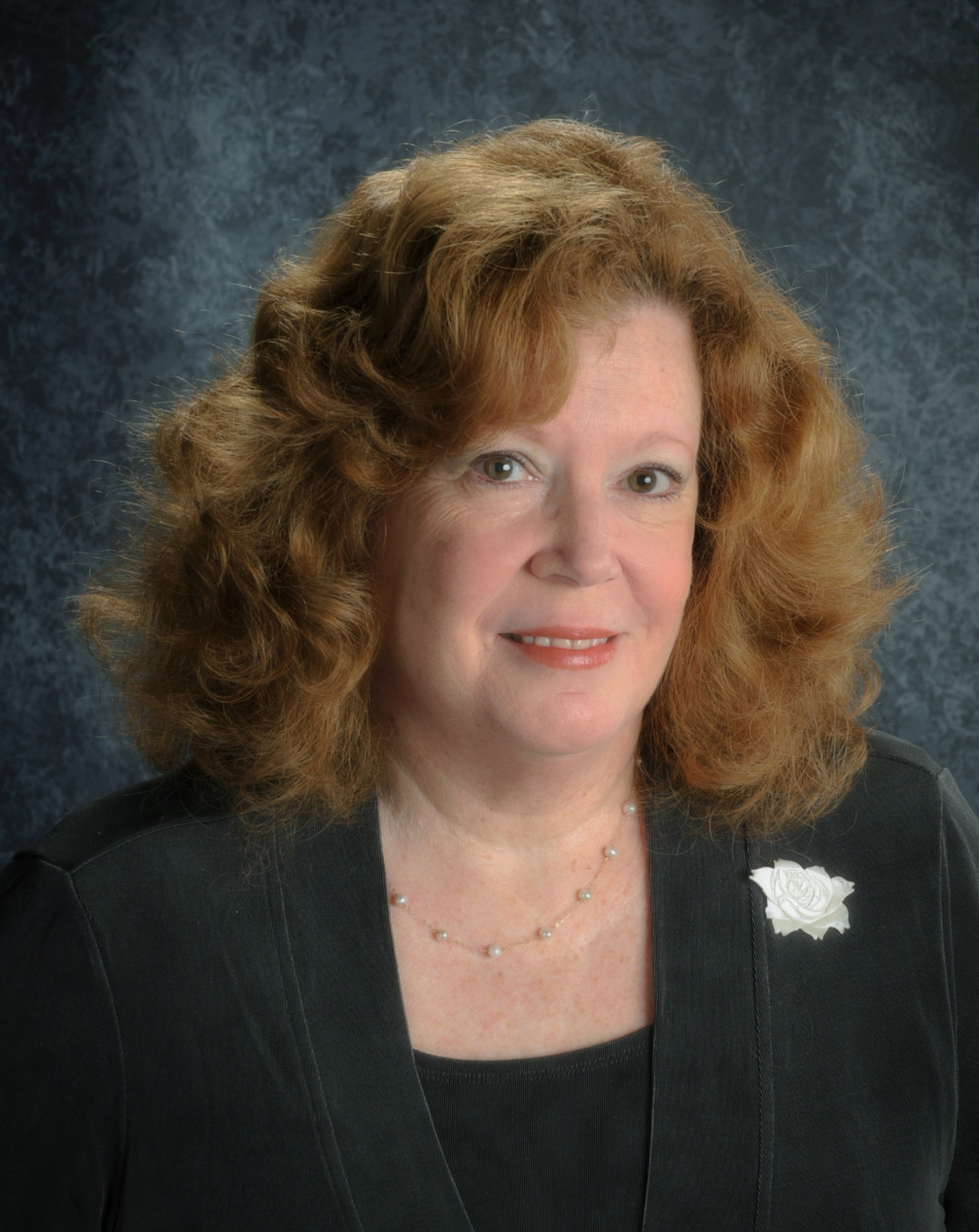My Cart
Your Shopping Cart is currently empty. Use Quick Order or Search to quickly add items to your order!

Dee Dee Whitaker
Product Content Manager
Updated July 2018
You may have been asked recently to shift your classroom practices towards the Next Generation Science Standards* (NGSS) and the three-dimensional learning that they prescribe. You may have heard or seen the term “scientific practices” in workshops or science education literature. What does all of this mean to you as a teacher?
A helpful warm-up exercise is to ask yourself a few questions:
Chances are, when you look at your answers you’ll have lists very similar to those illustrated in the NGSS.
The National Research Council (NRC) went to science and engineering practitioners and gathered information on how they “do” science and engineering. That information was organized and the resulting framework is the Next Generation Science Standards.
Each dimension is further refined into specific behaviors, concepts, and ideas. Below is a list of the three dimensions with an accompanying explanation and a brief rationale for each.
Phenomenon |
||
Scientific and Engineering Practices Practices are the behaviors that scientists engage in as part of their daily work routine.
|
Disciplinary Core Ideas The broad, key ideas within a scientific discipline make up the core ideas. The core ideas are distributed among 4 domains:
|
Crosscutting Concepts Applicable to all science disciplines, crosscutting concepts link the disciplines together.
|
Artifacts Tangible evidence of demonstrated student learning. Artifacts need to be durable. A report, poster, project, and an audio recording of a presentation can all serve as artifacts. |
||

Dee Dee has been a science educator for more than 30 years. She holds a BS and MAT from UNC-Chapel Hill, is certified in science supervision, and National Board certified in adolescent-young adult chemistry education. Her teaching passions are chemistry with authentic student lab experiences and earth/environmental science. She’s held a Kenan Fellowship and a NC Climate Fellowship. She’s read AP® Environmental Science exams, provided curriculum and assessment development for the NC Department of Public Instruction, and held an appointment with the NC Environmental Education Advisory Council.
*Next Generation Science Standards® is a registered trademark of Achieve. Neither Achieve nor the lead states and partners that developed the Next Generation Science Standards were involved in the production of, and do not endorse, these products.